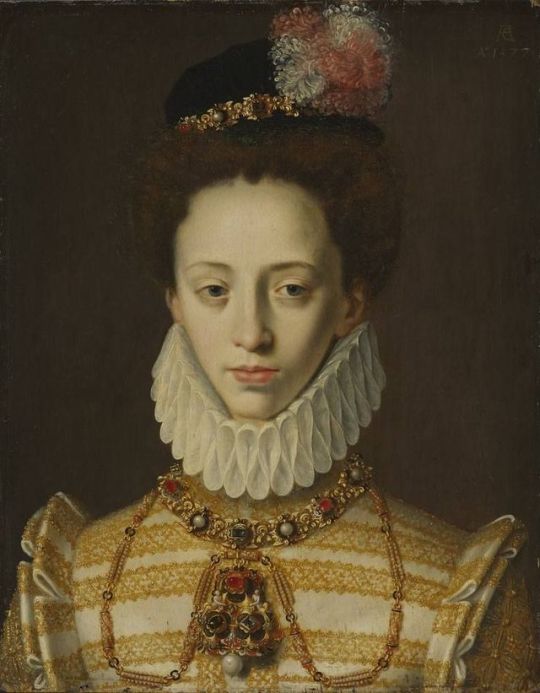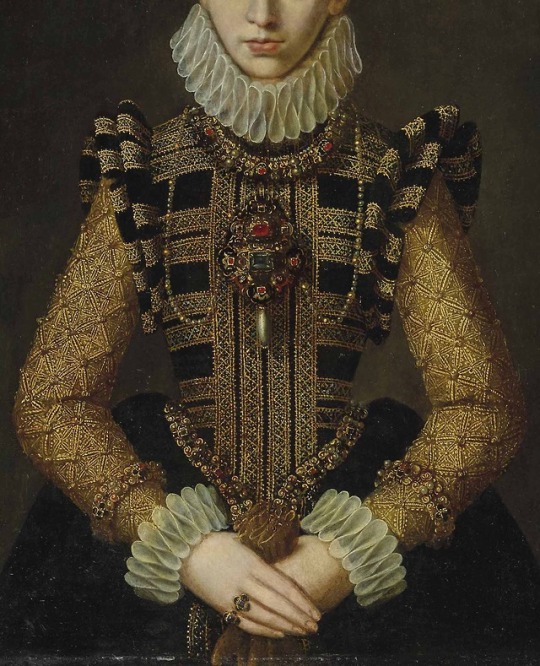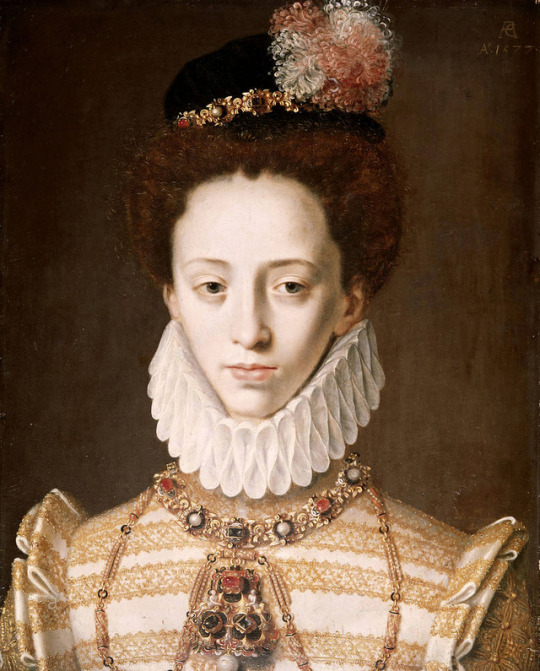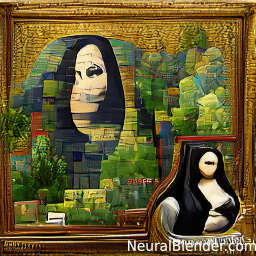#Monogrammist AC
Text



Portrait of Sibyl of Cleves-Juliers-Berg, Margravine of Burgau (1557-1628) by Monogrammist AC (fl. 1577)
251 notes
·
View notes
Photo

Portrait of Anna of Cleves, by Monogrammist AC, Alte Pinakothek, Munich.
74 notes
·
View notes
Photo

Fashion on Canvas, No. 92
Portrait of Sibylle de Clèves-Juliers-Berg, margravine of Burgau, Monogrammiste Ac, 1600s
oil on panel
#art#painting#fashion#vintage fashion#vintage#1600s fashion#1600s art#monogrammiste ac#french#oil#oil on panel#portrait#baroque#fashion on canvas
23 notes
·
View notes
Text
Overlooked Texts, Overlooked Images (Part II): Mystery Engravings
Fifty-two discoveries from the BiblioPhilly project, No. 41/52
A guest post by National Gallery of Art Associate Curator of Old Master Prints, Brooks Rich
Album of Engravings and Devotional Texts by Erasmus, Marco Girolamo Vida, and Prudentius, Philadelphia, Free Library of Philadelphia, Lewis E 179, fol. 11r, Annunciation (detail); Albrecht Dürer, Annunciation from The Small Woodcut Passion, probably ca. 1509/1510, Washington, DC, National Gallery of Art, Rosenwald Collection, 1943.3.3635
The first part of this blog post examined the interesting selection of texts, previously unidentified, that were included in the Free Library of Philadelphia’s Lewis E 207 prayer book. Today, our subject is the series of engravings found within that same book. From the very beginning of their production in the late fourteenth century, single-leaf prints were pasted into prayer books and other private volumes and sometimes even further painted and gilded as inexpensive substitutes for illuminated miniatures.1 In the fifteenth century several engravers in the Rhine-Maas valley region of Germany and the Netherlands specialized in small prints aimed at this market for hybrid devotional manuscripts. Ursula Weekes has argued that these printmakers created engraved print cycles specifically for inclusion in octavo and quarto size devotional prayer books at a time of transition between manuscript and print.2 The print series were integral components of the volumes, intended to be inserted during the creation of the codices. As the forty-five engravings in Lewis E 179 demonstrate, this tradition of hybrid manuscript production in northern Europe continued well into the sixteenth century. The prints in the volume form a cohesive cycle of the Life and Passion of Christ and provide a framework around which the manuscript’s handwritten prayers were inscribed.
The identity of the engraver responsible for the unsigned print series in the Free Library’s manuscript is a mystery and the cycle remains undescribed in the standard catalogues raisonnés of early modern prints. In the late nineteenth-century the prints were tentatively attributed to the school of Allaert Claesz, an understudied but prolific Netherlandish engraver who is now more commonly known as Monogrammist AC due to the letters by which he signed many of his compositions.3 While the prints in the Lewis manuscript lack an AC monogram and do not exhibit the minute detail and varied engraving technique that define the Monogrammist’s best work, their small scale and reliance on models by other sixteenth-century printmakers certainly finds parallels in the wider AC oeuvre.4 In fact, the Lewis manuscript’s print depicting the Adoration of the Magi (18v) is a reverse copy of an engraving signed with an AC monogram (Fig. ).5
Lewis E 179, fol. 18v, Adoration of the Magi (detail); Monogrammist AC, Adoration of the Magi, Dresden, Kupferstich-Kabinett, A 4989
We can identify sources for several of the manuscript’s other engravings in works by more famous printmakers of the early sixteenth century. The hand-colored image of the Annunciation (11r) that initiates the cycle is based on a composition dated to around 1510 from Albrecht Dürer’s Small Woodcut Passion series (see the comparison at the top of the post).6 While the specific form of the angel Gabriel is an original conception, the figures of the Virgin and God the Father—as well as the canopy bed that provides the backdrop for the encounter—are borrowed directly from Dürer’s model.
Several other engravings (including those found on 13r, 37v, 43v, 64r, 88v, 92v) are derived in part from Jacob Cornelisz. van Oostsanen’s woodcut Little Passion series, which was published in Amsterdam in the early 1520s.7 The volume’s engraving depicting the Samaritan Woman at the Well (36r) is a reverse copy of an engraving by the German engraver Jacob Binck.8 The engraving depicting The Last Supper (51r) is based on an unsigned composition commonly ascribed to the anonymous Flemish engraver known as Master S.9
Lewis E 179, fol. 36r, Samaritan Woman at the Well (detail); Jacob Binck, Samaritan Woman at the Well, London, British Museum, 1853,0709.90
Lewis E 179, fol. 51r, The Last Supper (detail); Usually ascribed to Master S, The Last Supper, Brussels, National Library of Belgium, R-2009-16921
Engravings attributed to Master S, Monogrammist AC, and other now anonymous minor printmakers are still preserved as extra-illustrations in manuscripts made for monastic communities around Sint-Truiden.10 Many of these prints were likely executed in the area between Liège and Maastricht in the lower Netherlands. Perhaps the engravings in the Lewis prayer book were also made in Flanders in the 1550s for a similar clientele.
from WordPress http://bibliophilly.pacscl.org/overlooked-texts-overlooked-images-part-ii-mystery-engravings/
5 notes
·
View notes
Photo

1577 Antoine Caron or Monogrammist AC - Anna von Jülich, Kleve and Berg
(Alte Pinakothek)
239 notes
·
View notes
Text

Portrait of Sibyl of Cleves-Juliers-Berg, Margravine_of Burgau (1557-1628) by Monogrammist AC
1 Dec 2021 0:55:15
0 notes

